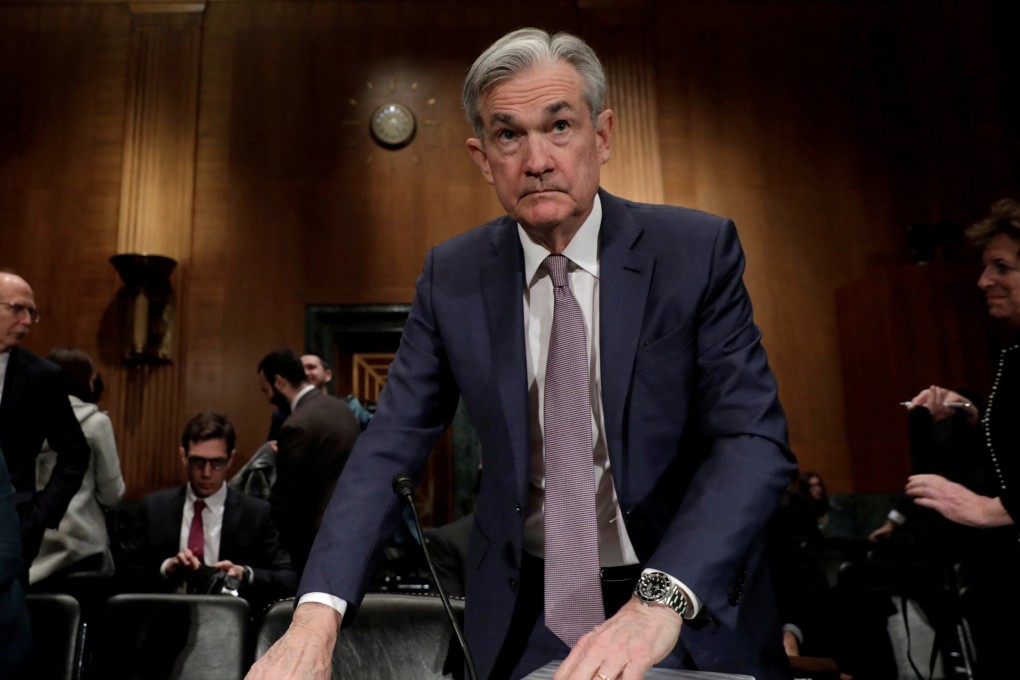The View | With high inflation and low interest rates, the US Federal Reserve is playing with fire
- As high labour demand, supply chain bottlenecks and record stimulus spending fan the flames of inflation, the Fed knows it must finally take action. How to act is another matter

The US Federal Reserve has turned on a dime, an uncharacteristic about-face for an institution long noted for slow and deliberate shifts in monetary policy. It has recognised that it has a serious problem.
It is widespread, persistent and reinforced by wage pressures stemming from an unprecedentedly sharp tightening of the US labour market. Under these circumstances, the Fed’s continued refusal to change course would have been an epic policy blunder.
But recognising the problem is only the first step towards solving it. And solving it will not be easy.
Consider the maths: the inflation rate as measured by the Consumer Price Index (CPI) reached 7 per cent in December 2021. With the nominal federal funds rate effectively at zero, that translates into a real funds rate (the preferred metric for assessing the efficacy of monetary policy) of minus 7 per cent.
That is a record low. Only twice before in modern history, in early 1975 and again in mid-1980, did the Fed allow the real funds rate to plunge to minus 5 per cent. Those two instances bookended the Great Inflation, when the CPI rose at an 8.6 per cent average annual rate.

